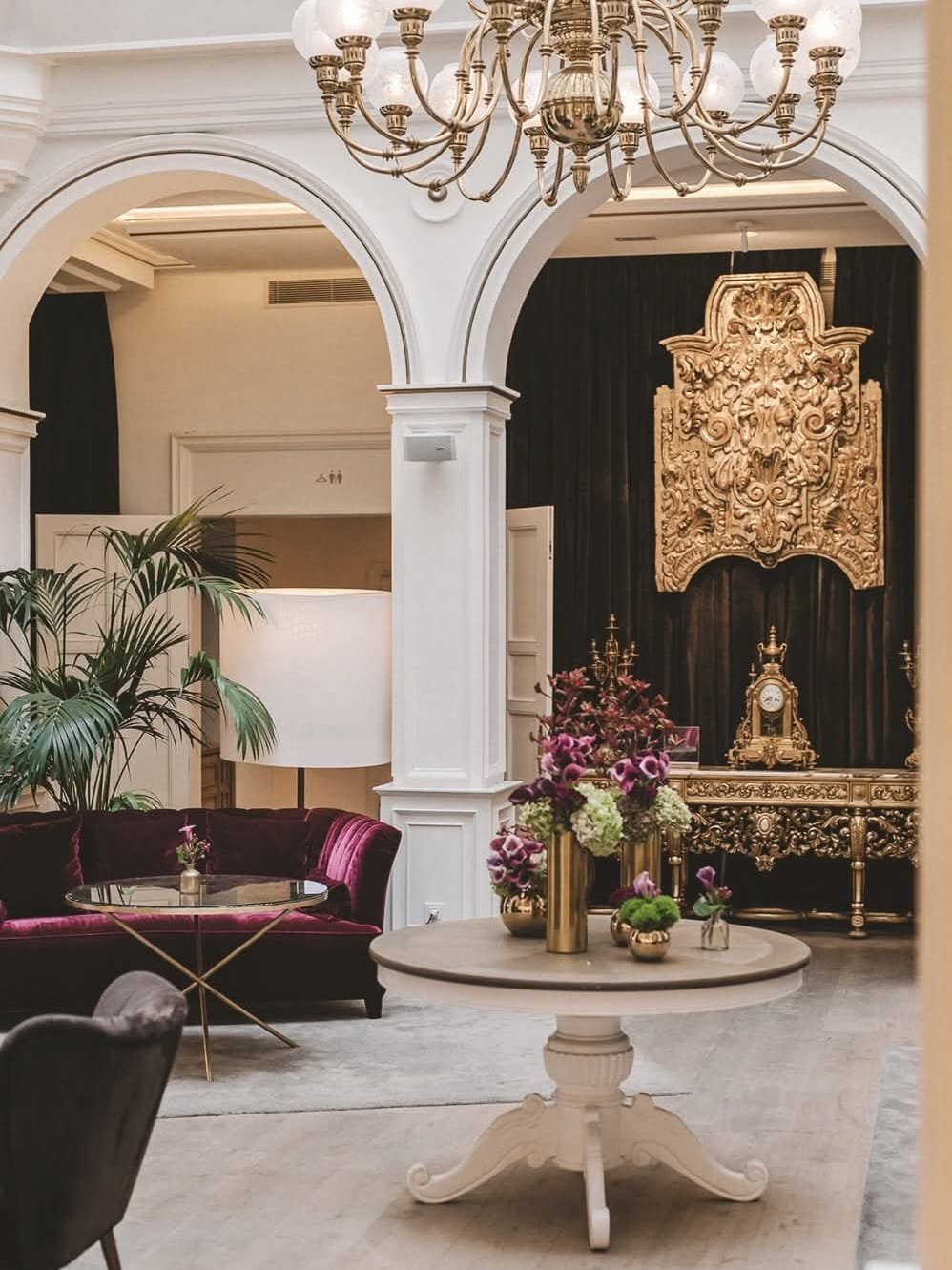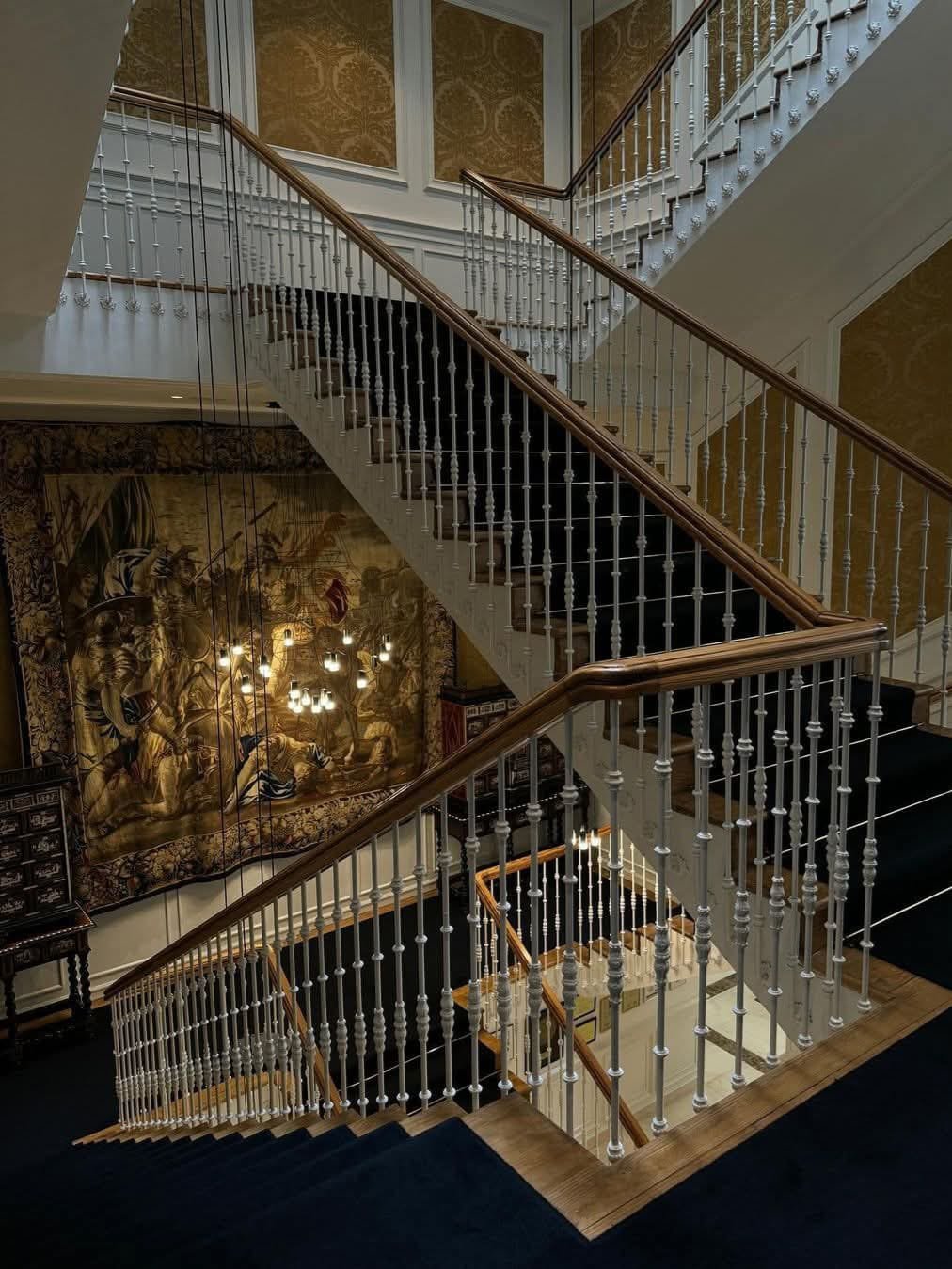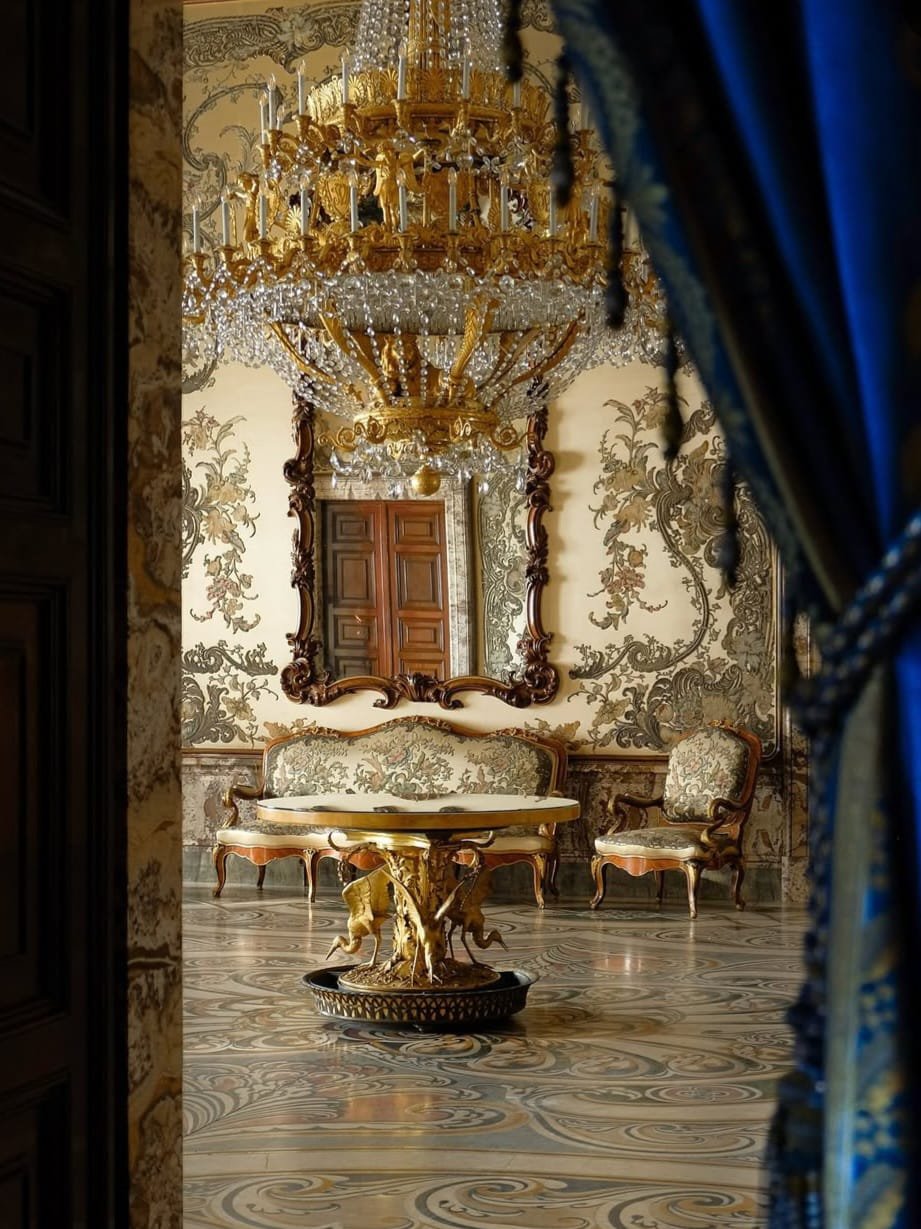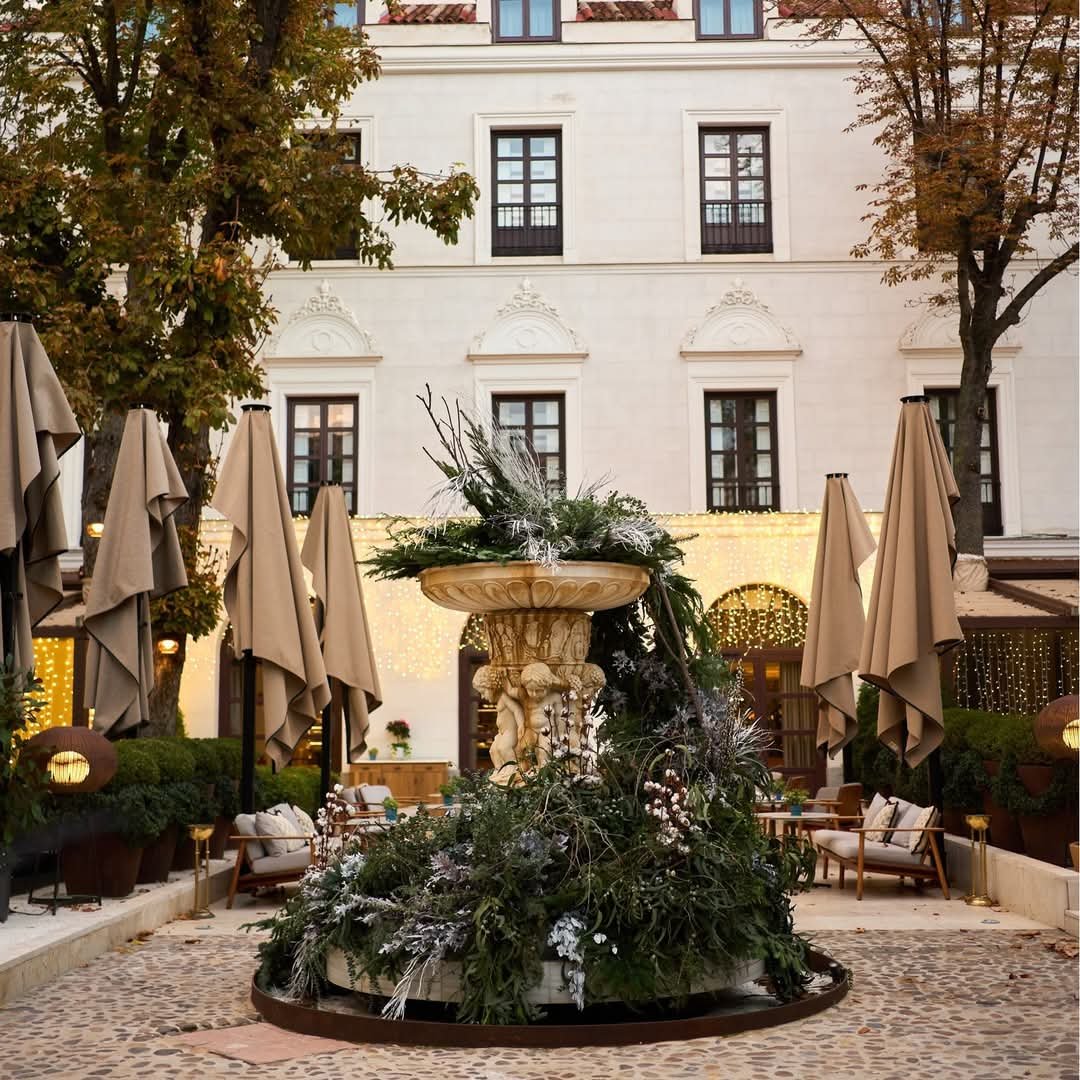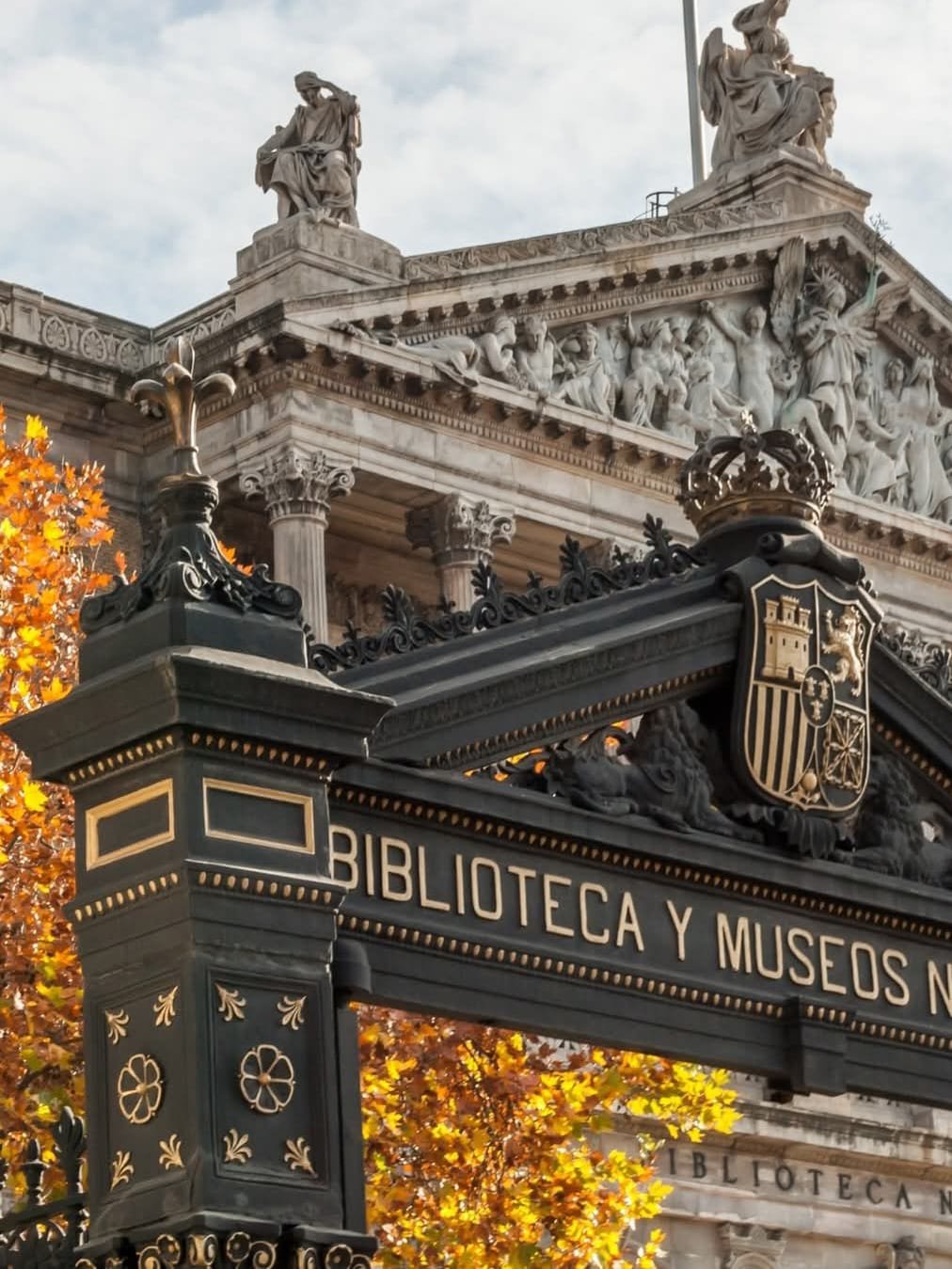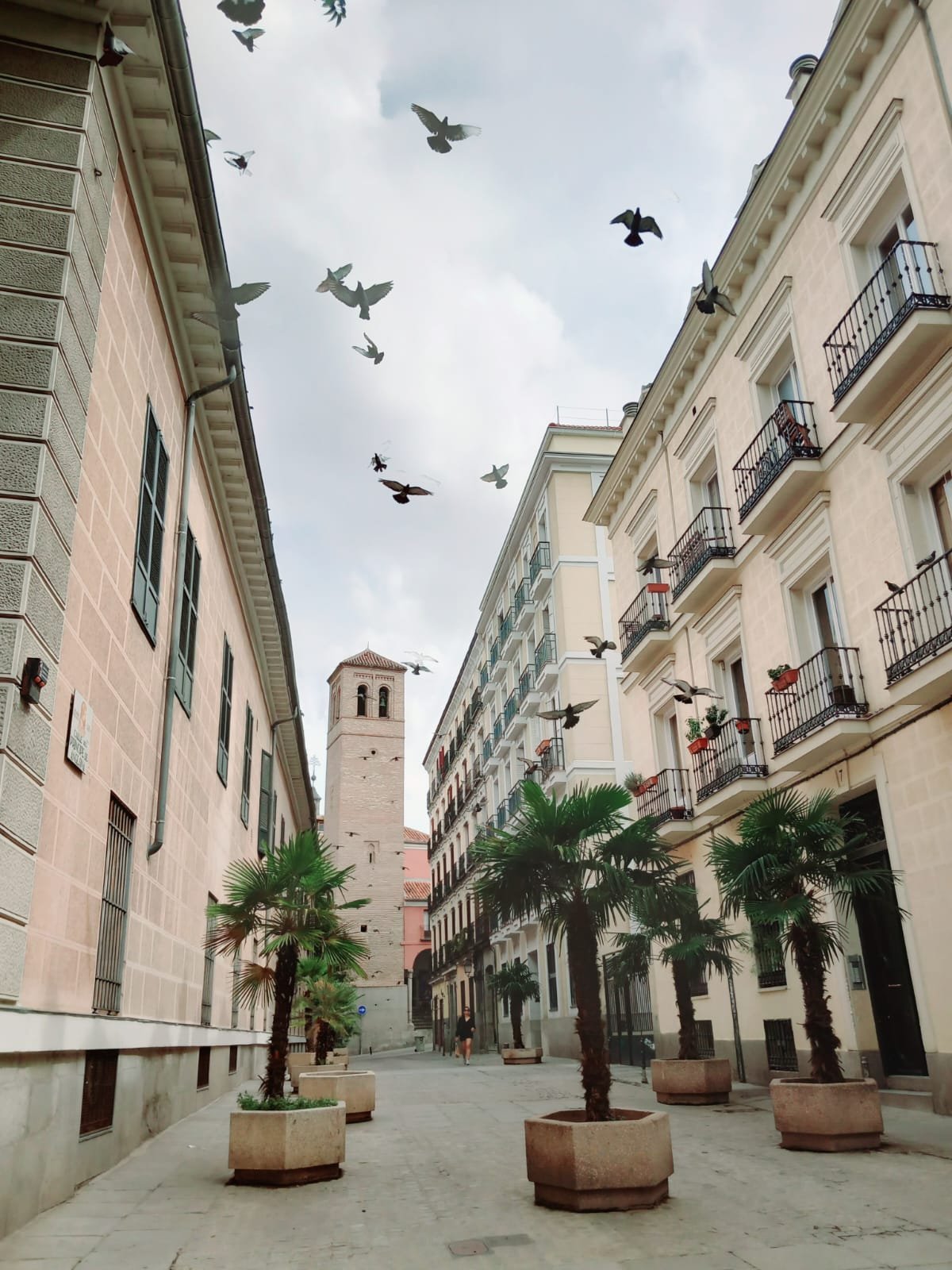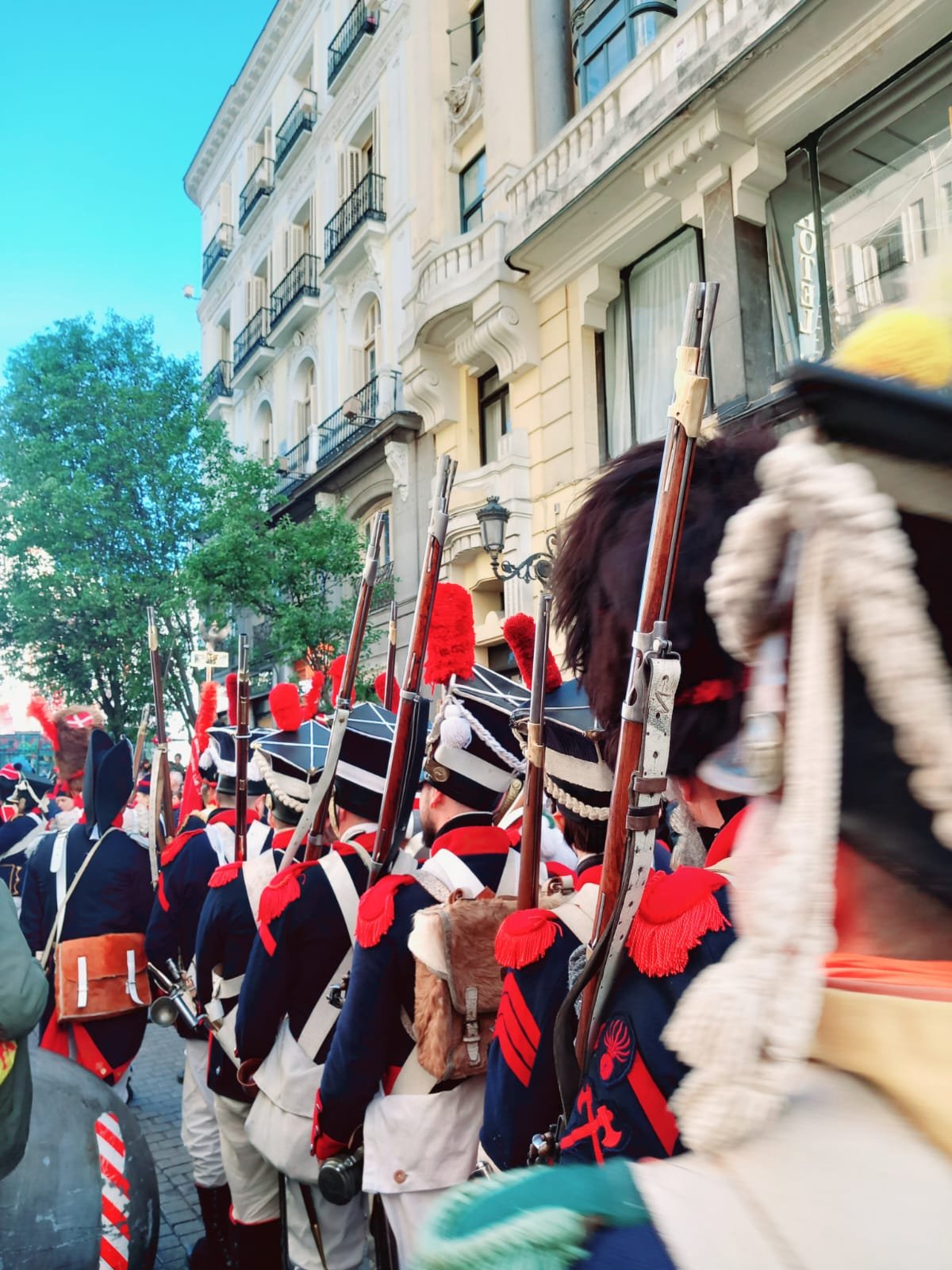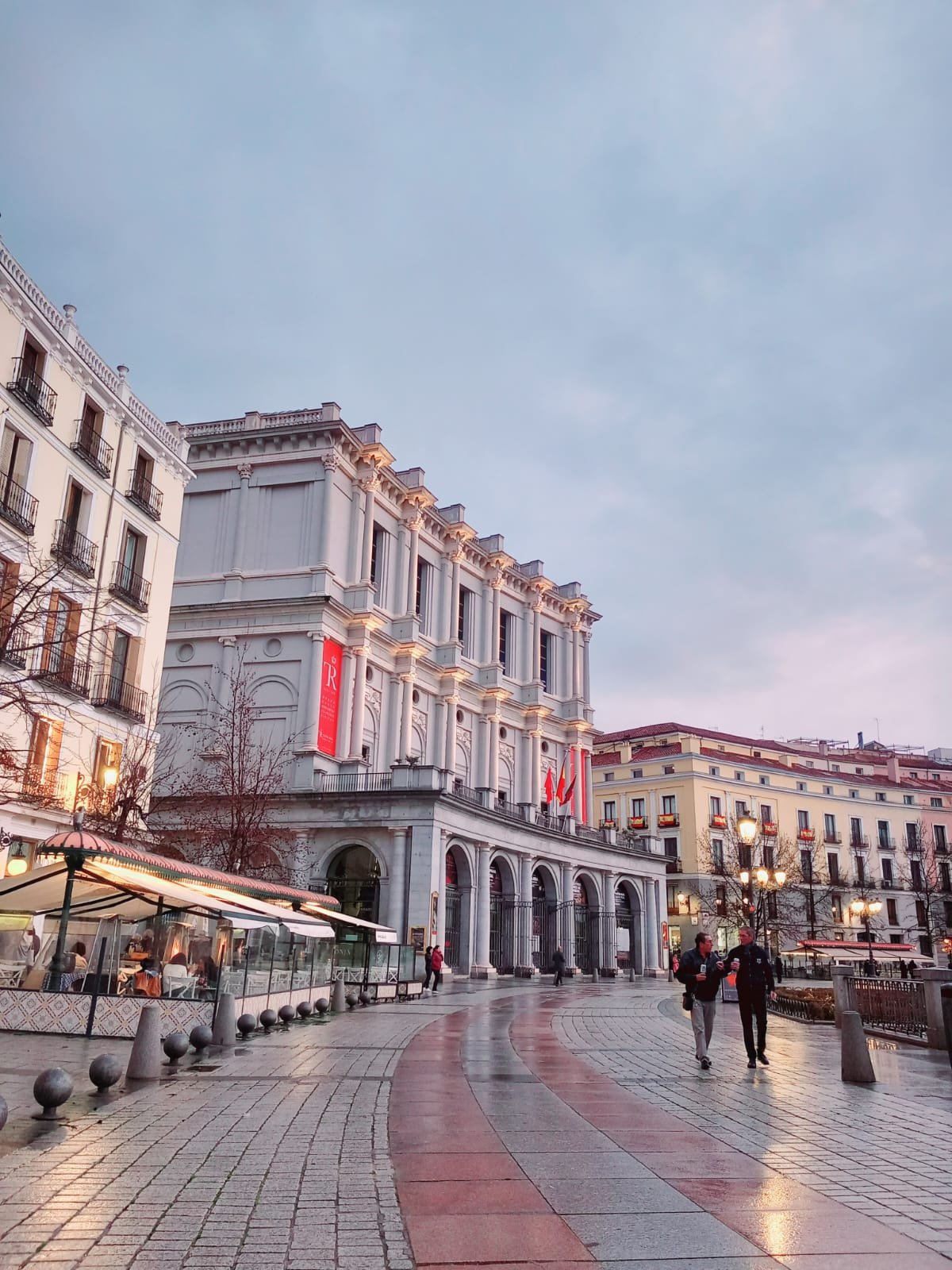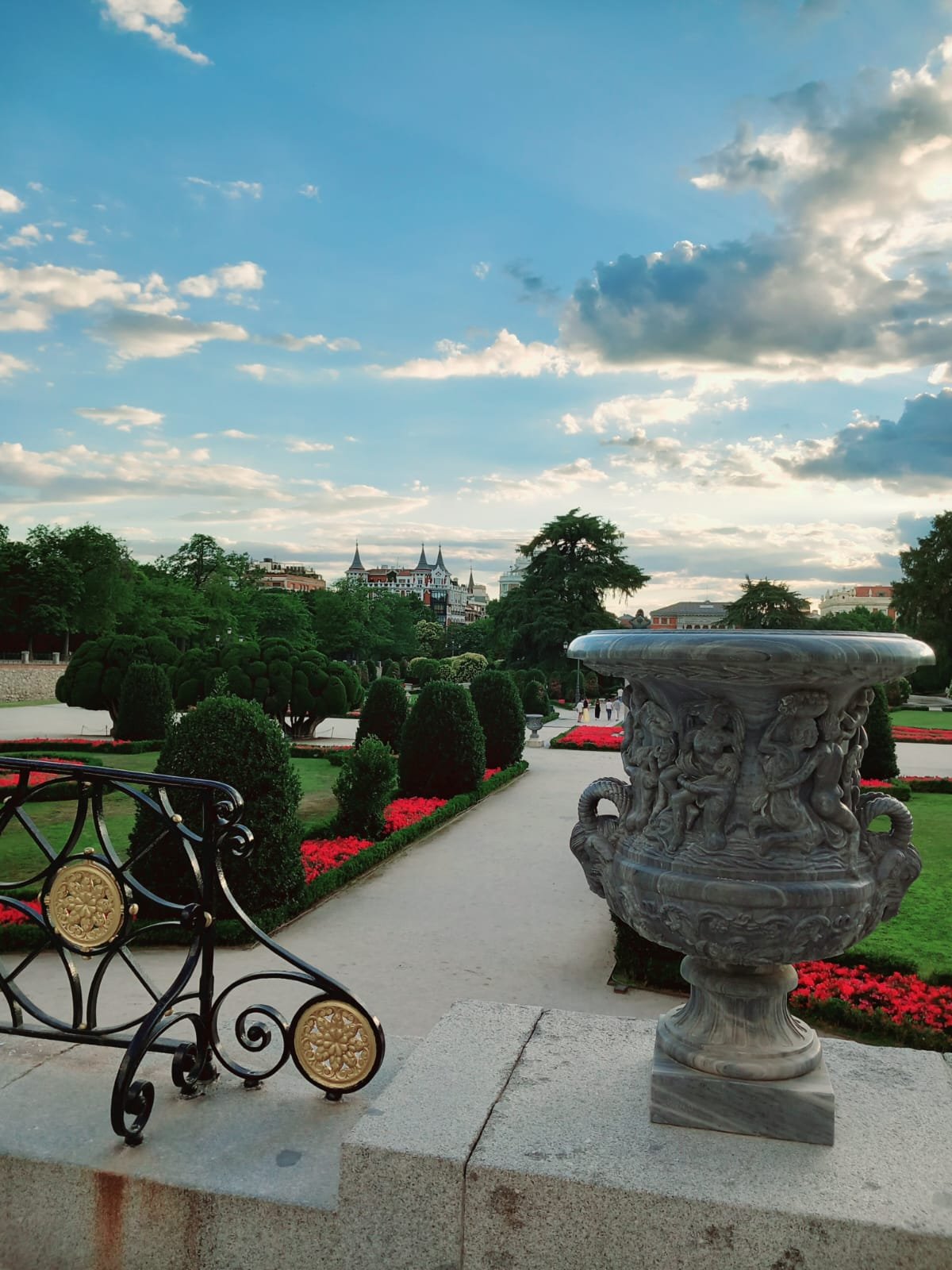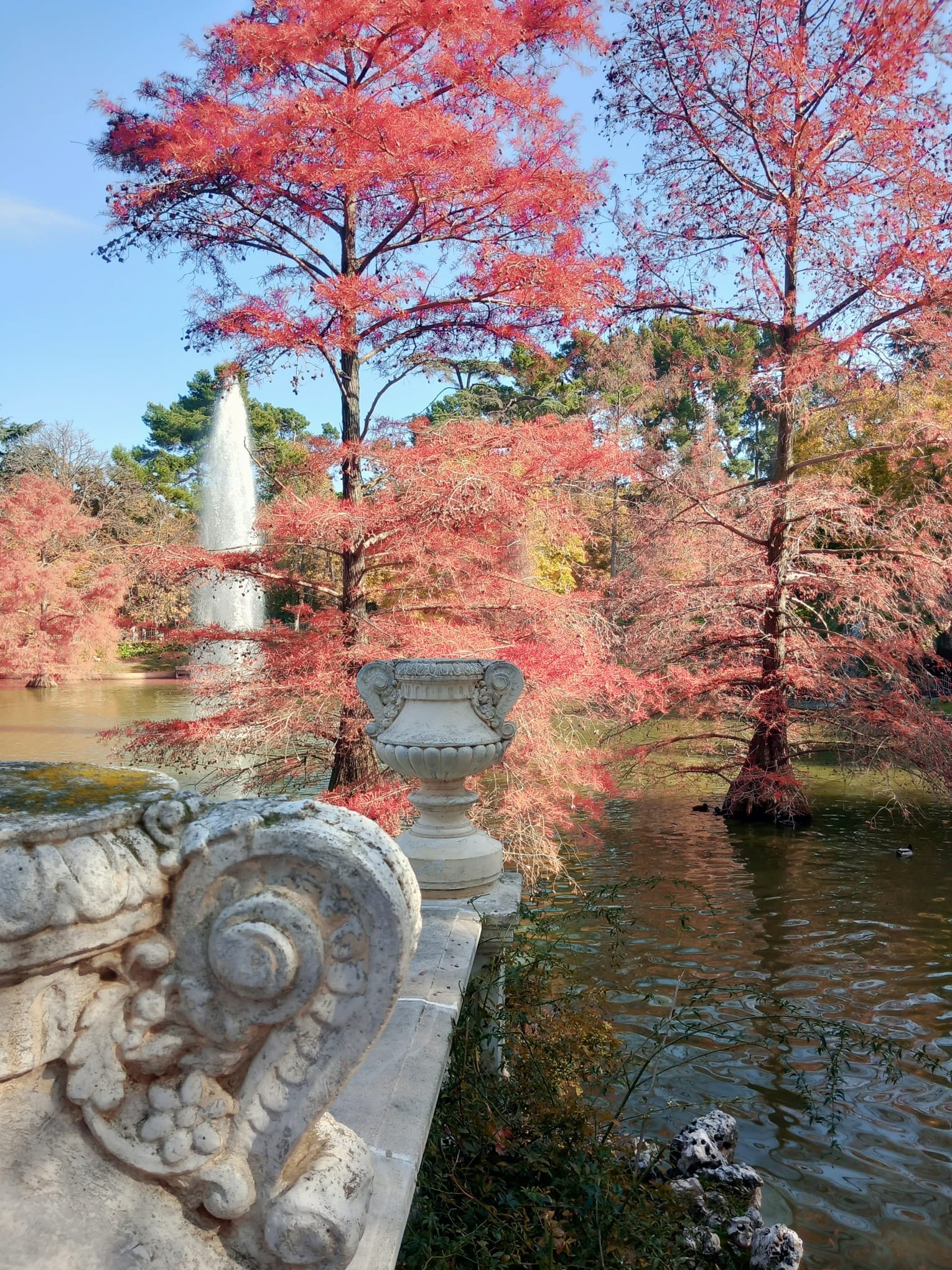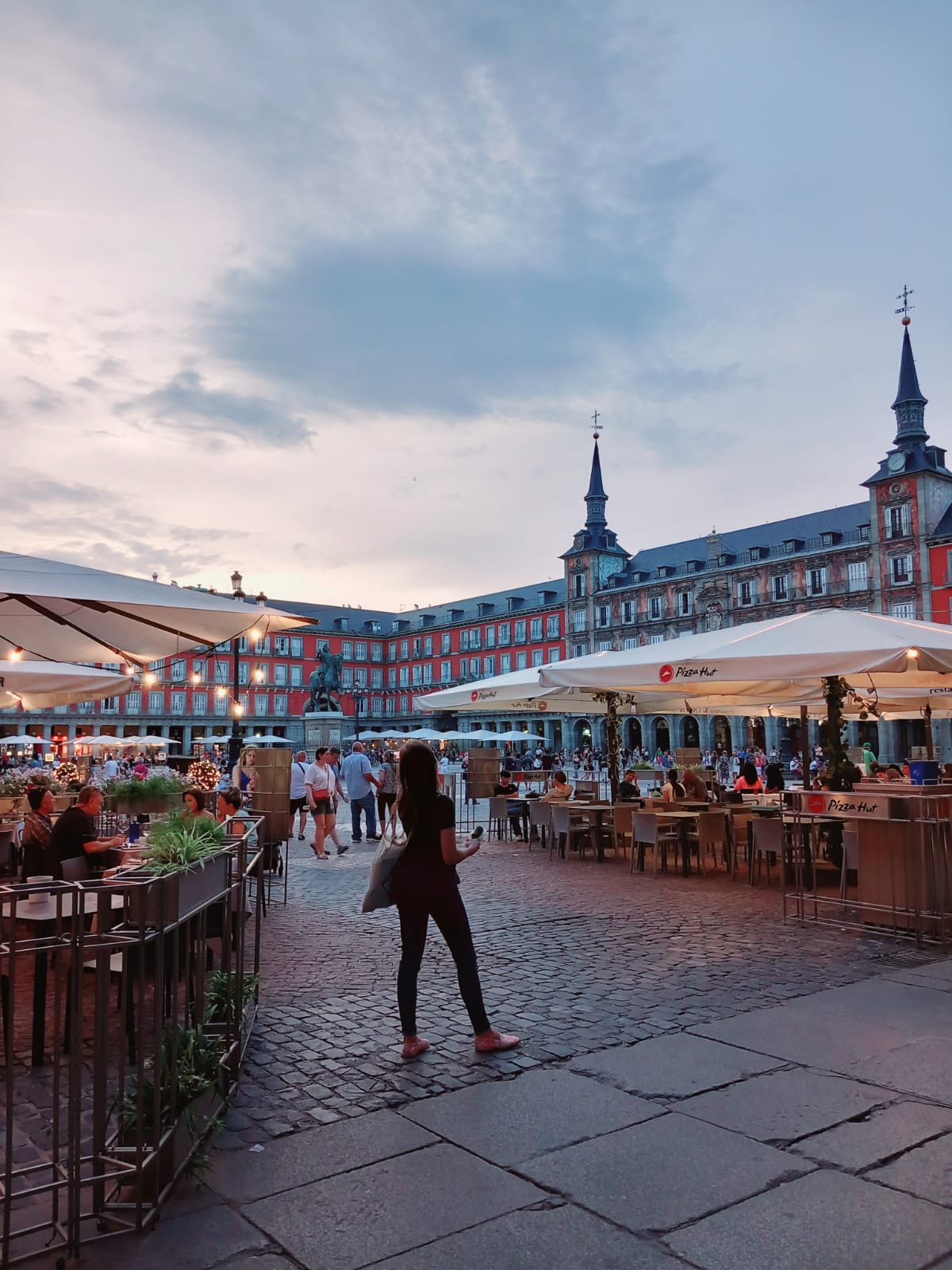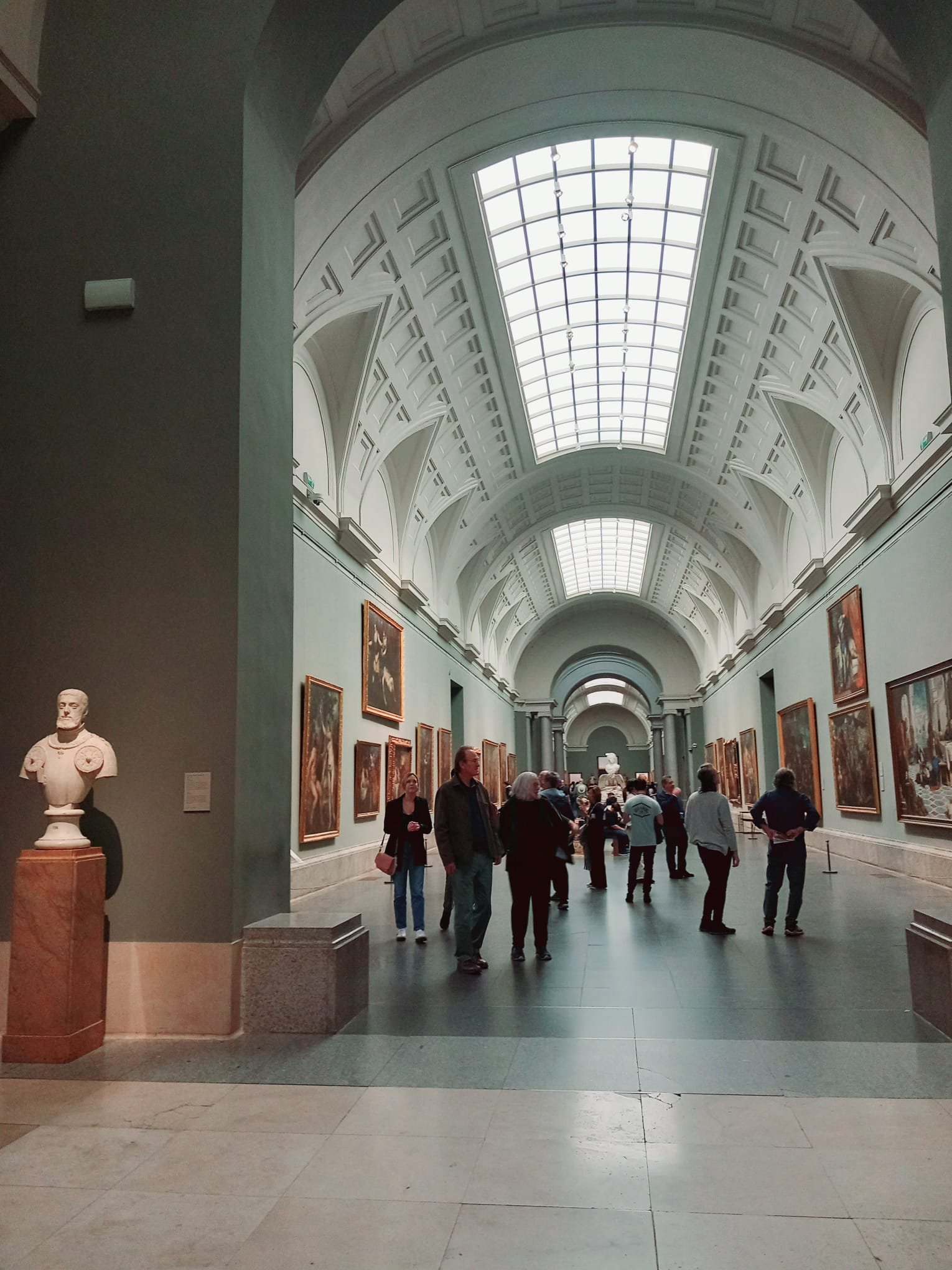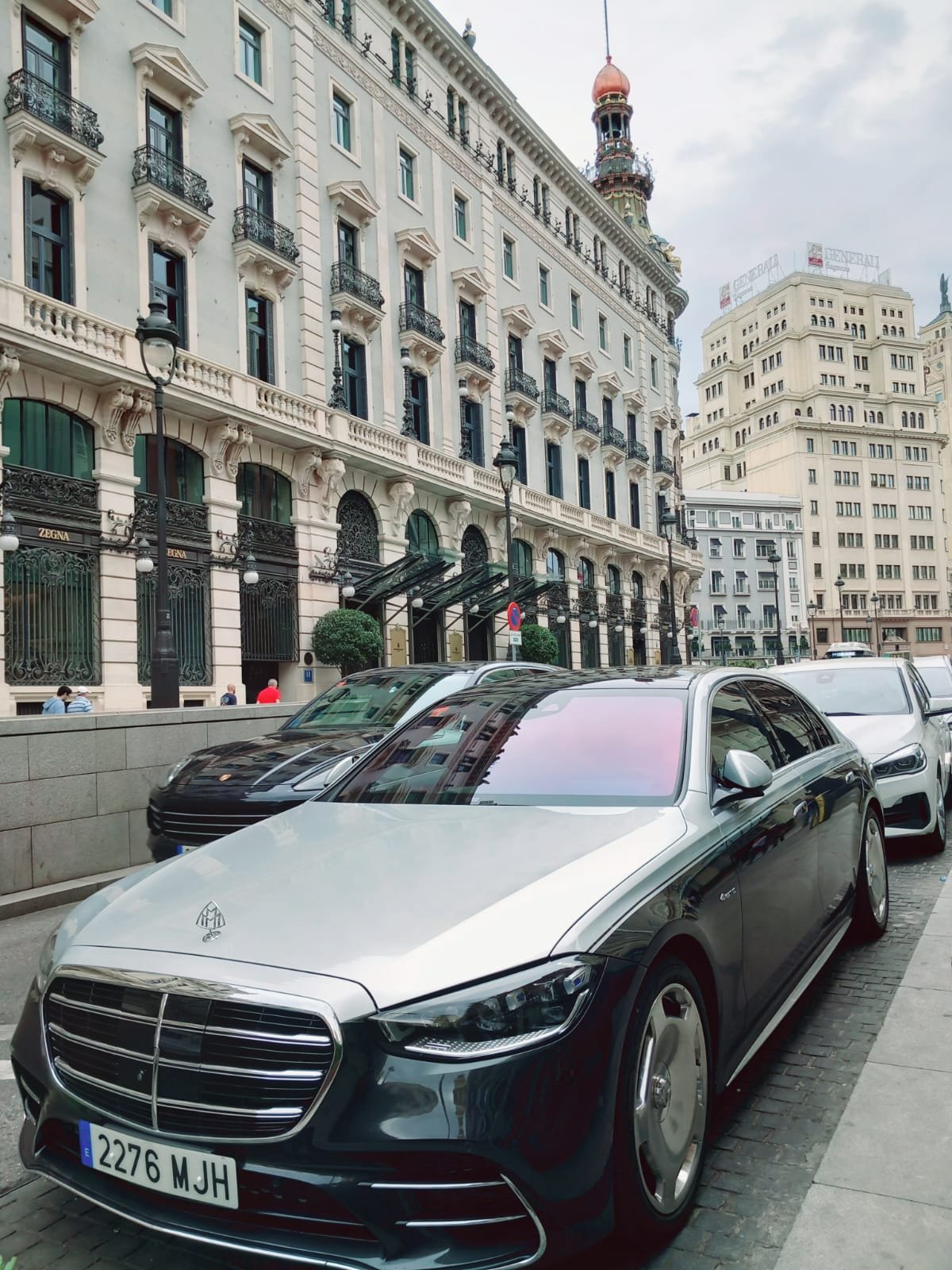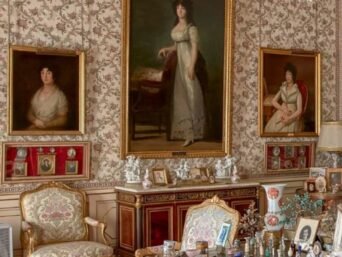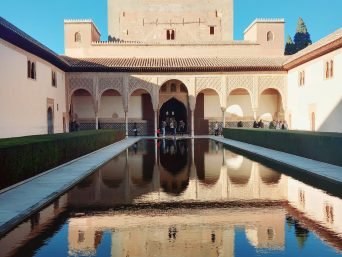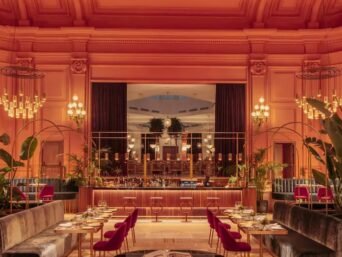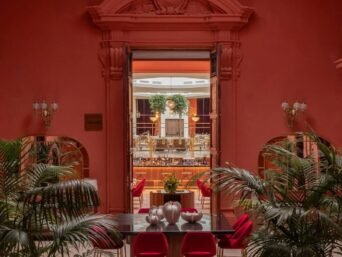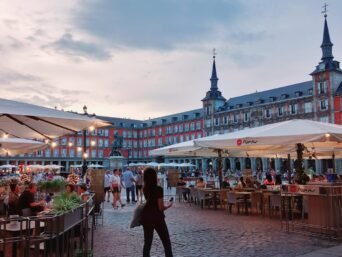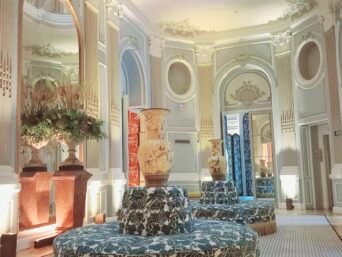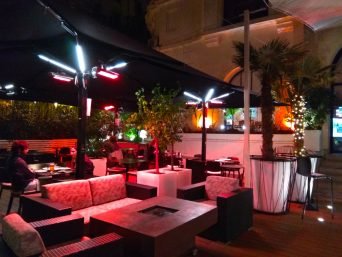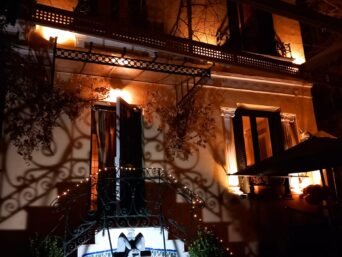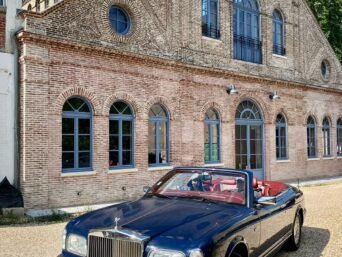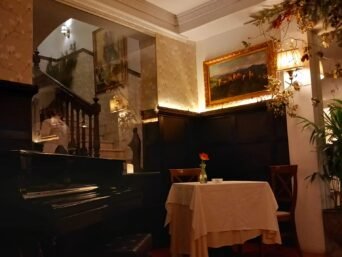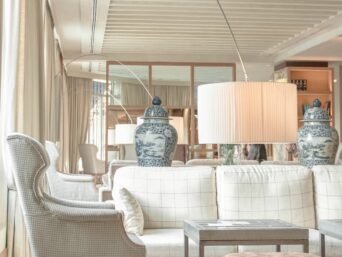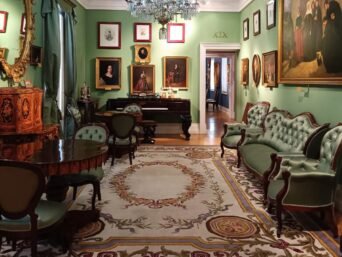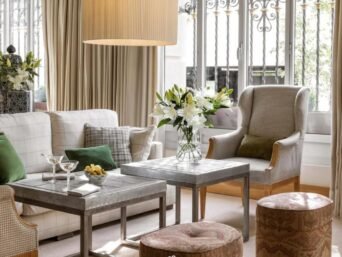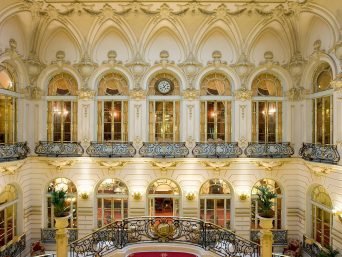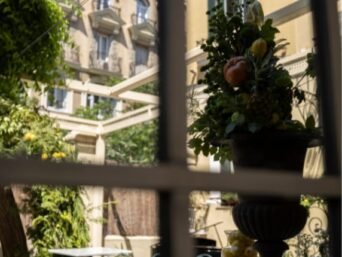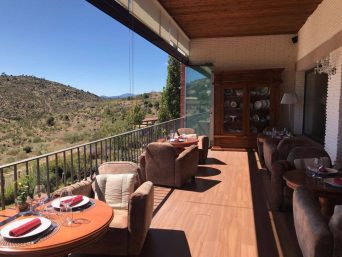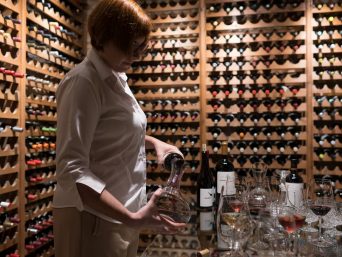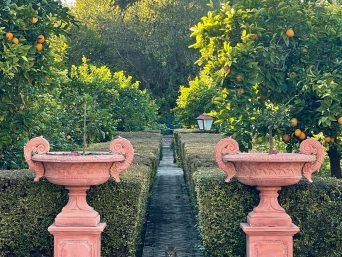From Mohamed I until Today
Among the cities in the world that most arouses passion, having started out as a small fortified town founded by the Emir Mohamed I of Cordoba. The city's name is routed in the Arabic language, now capital of the Kingdom of Spain, as well as capital of Spanish fine dining, also of Hispanic culture and even world capital of football with its Santiago Bernabéu Real Madrid Stadium. Felipe II wished his court to cease to be in constant relocation, deciding to set capital of his realms, in Madrid. La Latina quarter is the origin with its famous viewpoint "Las Vistillas" where the people of Madrid celebrate their holiday and party, Fiestas de La Paloma. Most venerated saint of the capital, San Isidro's home is located nearby at Plaza de los Carros, and people firmly believe that his body is still intact, since his passing away more than 1,000 years ago. Atocha Railway Station is one of the 19th century engineering masterpieces of Madrid, which started with the first line, Madrid to Aranjuez, home to an even older Riyal Palace than the capital's palace Atocha was formerly called, Noon Station, as one sole daily train left the station at that only hour. Nearby, the Royal Botanical Gardens of Madrid. Hundreds of species of plants and flowers from all over the world. National Library and Archaeological Museum offer a memorable cultural experience in Madrid, as does the most valuable collection of painting works in all Europe, exhibited in the Prado Museum, formerly the Palace of El Prado: Velázquez, Goya, Rembrandt and hundreds more. Find Picasso's Guernica in the Reina Sofía Museum. Another must see: Thyssen-Bornemisza Museum. History since the 9th century, until the over taking of the city by Christian Kingdoms, later in Madrid's timeline. On a visit to the Royal Palace of Madrid, your local host explains the obsession of king Felipe V, with having exquisite palaces that resemble those he had long enjoyed in France as a monarch coming from the French House of Bourbon, hence, after a supposed accidental fire burns down the Alcazar de Madrid or castle, Felipe V orders the construction of the Royal Palace, in the remarkable and regal form it shows today. Said king was the first to reign from the House of Bourbon, whereas, his namesake, H.M. King Felipe VI of Bourbon and Greece, is current monarch of Spain, for being son to H.M. Queen Sofía of Greece and H.M. King Juan Carlos I of Bourbon and Bourbon-Dos Sicilias. You will get to see institutions such as the Royal Academy if Spanish Language or the Central Bank of Spain. The Royal Opera House (Teatro Real). Enter the National Library with your local host. Witness the Palace of Liria, where its library bestows the first edition of the universal nivel, first one ever written in Spanish language, "El Ingenioso Hidalgo Don Quijote de La Mancha", by Miguel de Cervantes y Saavedra. The Fountain of Cibeles, a landmark of Madrid carved out of granite just like most of Madrid's constructions, Paseo de la Castellana, parallel to famous and fancy Serrano and Velázquez streets, where you behold the most elegant side of the once metropolis of the Spanish Empire, with Kings Carlos V, Felipe II, Felipe III, Felipe IV and Carlos III. Barroque and classical elegance in this area's architecture, cafes, boutiques and urban design. Café Gijón and the legends of the ghost haunting the Palace of the Marquis of Linares, until our present time, now House of America in Madrid.
